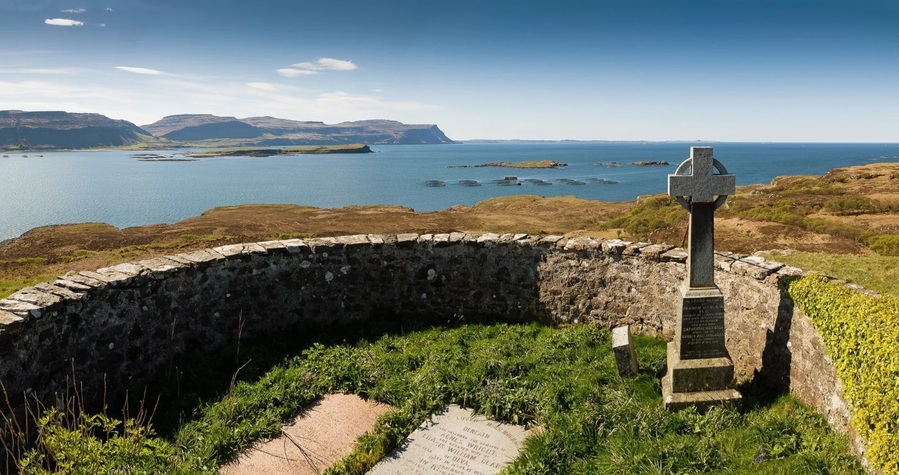Ulva Pathways: Safer Routes for a Resilient Island

Proposal code: AP-2025-06-143
Improving Ulva’s paths, drainage and access to protect public services and the visitor economy.
Estimated Price
42000
What do you want to do?
This project will improve Ulva’s core walking routes to make them safer, more accessible, and sustainable year-round. These paths are vital for residents and visitors accessing heritage sites, natural landmarks, and community spaces, but many are unsafe, waterlogged, or unclear due to poor drainage, erosion, and missing signage.
The work will include targeted resurfacing, new drainage infrastructure, bridge repairs, and wayfinding signage. To support long-term upkeep, the project will also fund essential equipment (quad bike, trailer, strimmer, chainsaw, hand tools, PPE) and basic training for Ulva’s new Maintenance Operative. This will allow NWMCWC to manage paths independently and cost-effectively going forward.
Why is the project needed?
Ulva has no roads, so safe footpaths are the only way to reach key geological features, heritage sites and island of Geometra. However, many routes are muddy, overgrown, or dangerous, especially in winter. Staff currently lack the tools or formal training to maintain even basic access.
As tourism increases, deteriorating paths pose a real risk to the visitor experience and public safety. If someone is injured in a remote location, emergency services would struggle to respond. Poor path conditions also limit Ulva’s ability to host community events or welcome new opportunities. Without action, these issues could damage Ulva’s growing tourism economy and public reputation.
What positive changes will the project bring about?
- Safer, year-round walking routes for residents, visitors, and emergency services
- Protection of infrastructure and access to heritage and nature
- Improved wellbeing for residents through easier access to nature and outdoor space
- Support for Ulva’s visitor economy through improved experience
- Reduced erosion and improved climate resilience
- Clearer routes to prevent people getting lost
- Local capacity to manage access through new tools and training
- Improved emergency preparedness in case of accidents
How long will it run for?
August 2025 to March 2026, in line with CLLD requirements. Equipment and quad bike will be procured as soon as funding is approved, with training delivered in autumn 2025. Physical improvements to paths, bridges and signage will be completed during autumn/winter.
